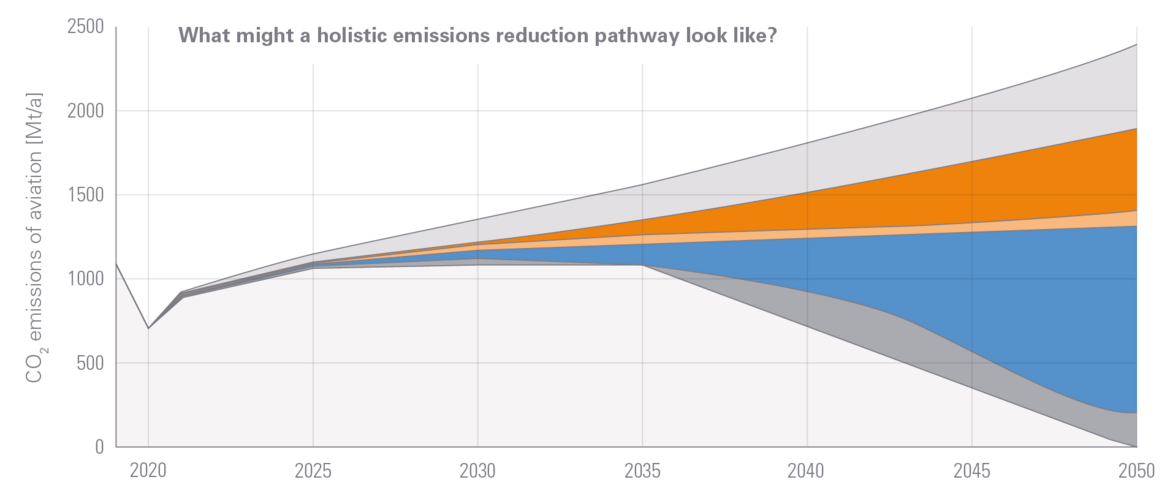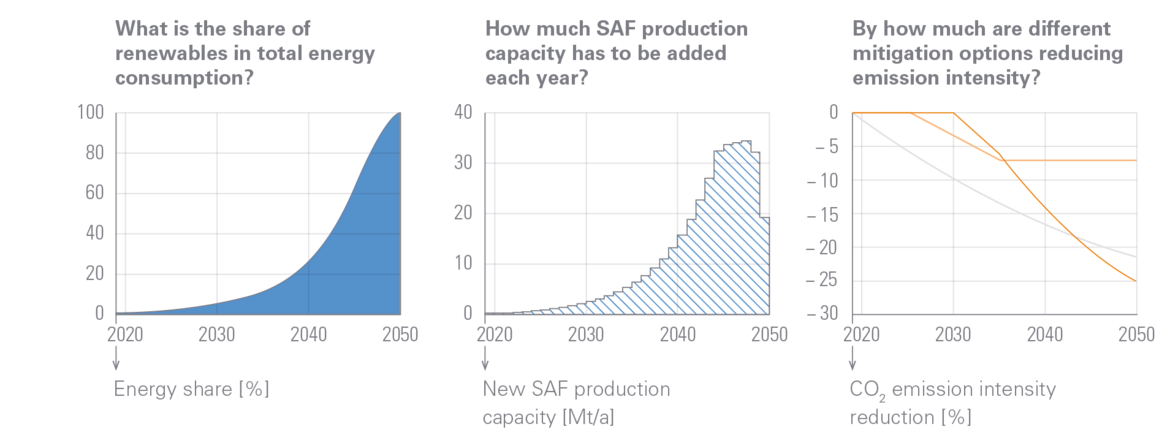In the context of the Paris Climate Agreement and the climate changes already visible today, aviation must significantly reduce its climate impact in the coming decades. Thus, the sustainable transformation of aviation is increasingly becoming an integral part of corporate strategies and regulatory programmes. However, it is still unclear with which technological and regulatory options this goal can be best achieved. This is difficult to answer right now due to the great uncertainties and diverse technological options at hand. This is where scenario simulations come into play to capture and compare a multitude of developments.
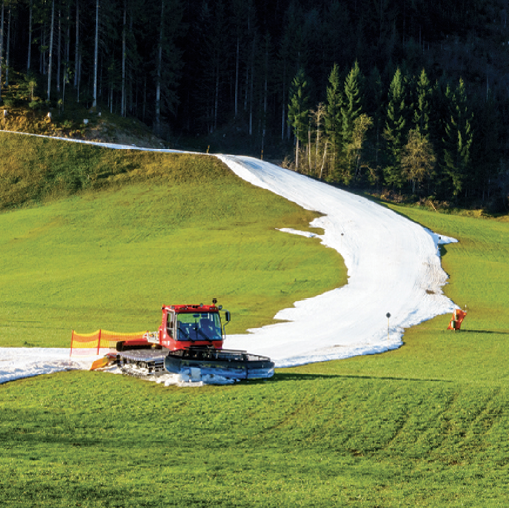
Bauhaus Luftfahrt has developed a scenario tool to illustrate the sustainable transition of aviation and presented it at ILA Berlin 2022. The scenario tool makes it possible to define assumptions regarding aircraft technologies, sustainable aviation fuels (SAFs), operational improvements, and hydrogen. From these, individual assumptions can be combined into specific scenarios.
For example, it can be seen that while a focus on continuous efficiency improvements can make a signifi- cant contribution to the long-term reduction of CO2 emissions, significant amounts of SAFs will still be required. Moreover, it can be shown that only SAFs with a low carbon footprint will keep aviation’s residual emissions low in the long term. Such insights into possible development paths are particularly valuable for weighing up decisions in industry and politics and support informed discussions on a coordinated multi-stakeholder strategy.
Sustainability pathway with a focus on efficiency improvements
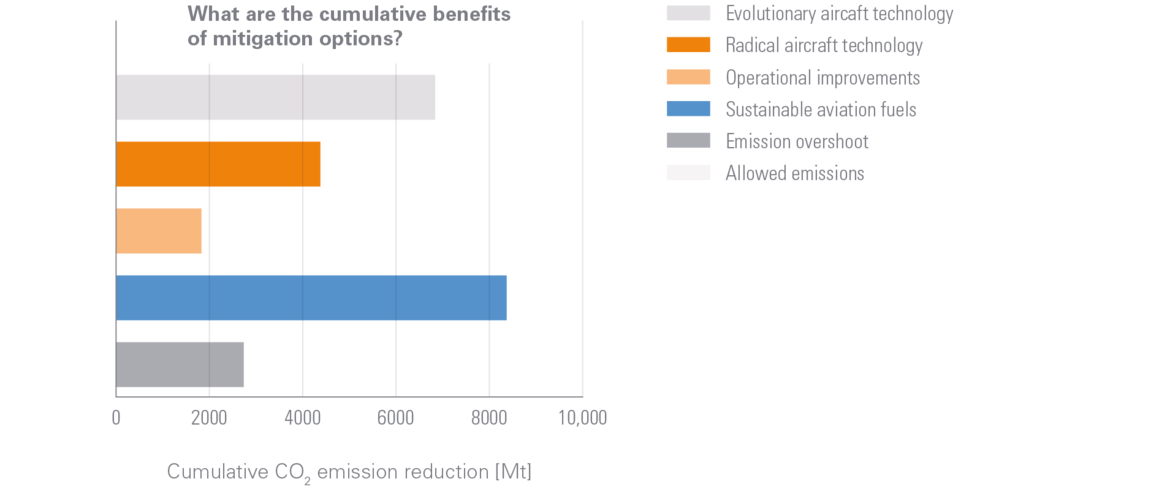
Efficiency improvements from aircraft technologies as well as operations can lead to ~50 % less fuel burn by 2050. However, an emission overshoot can only be contained in combination with a substantial SAF ramp-up.
The greenhouse gas (GHG) footprint of Sustainable Aviation Fuels (SAFs) matters
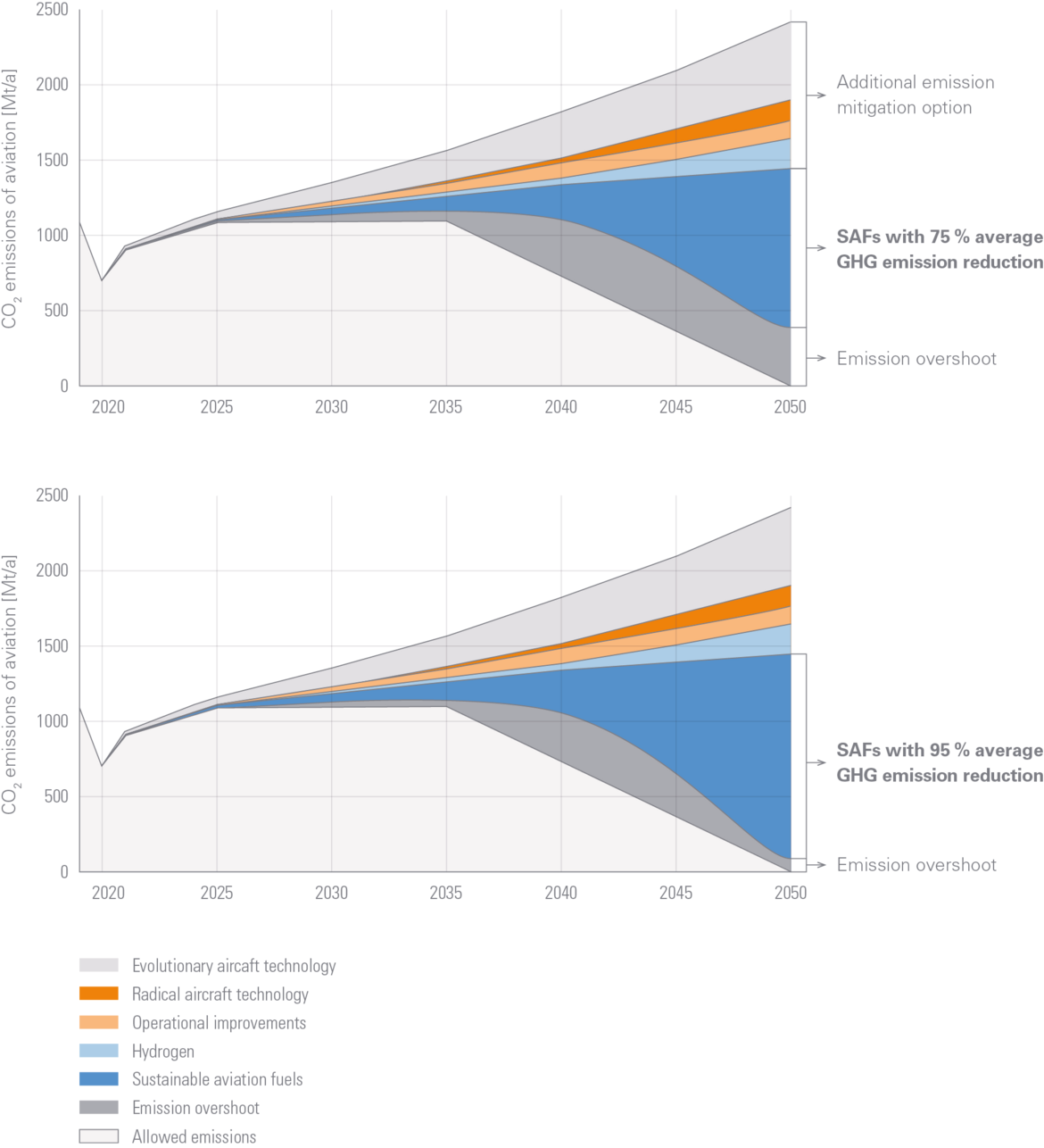
A use of SAFs with higher residual emissions leads to a substantial emission overshoot and thus large offsetting obligations in the long term. Thus, focusing early on pathways with low footprints is beneficial.

